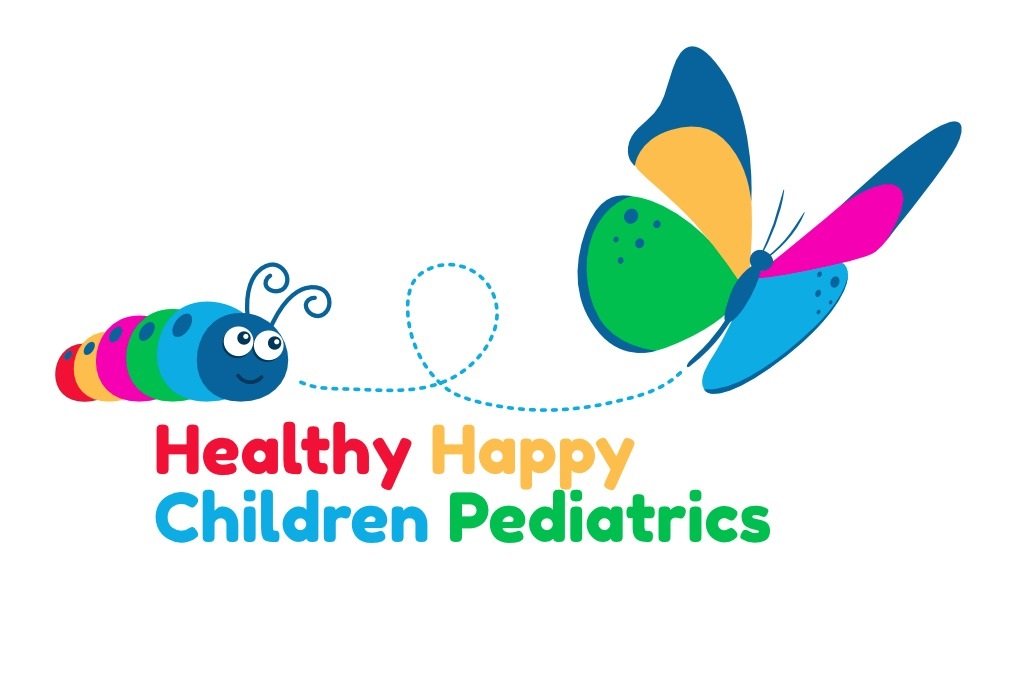Ear Infections
Ear Infections in Babies and Toddlers
Ear infections are incredibly common among babies and toddlers. In fact, the National Institutes of Health reports that five out of six children will experience an ear infection by age three.
Understanding Childhood Ear Infections
Ear infections occur when the middle ear, the area connected to the back of the nose and throat, becomes inflamed, usually due to trapped bacteria. Otitis media is the most prevalent type, arising when fluid builds up behind the eardrum, causing infection and swelling.
These infections spread from a sore throat, cold, or upper respiratory infection through the eustachian tubes, channels connecting the middle ear to the throat. As the body fights the infection, fluid accumulates behind the eardrum.
Two main reasons make children more susceptible than adults:
Developing immune systems: Their immune systems are still maturing and less equipped to combat infections.
Smaller eustachian tubes: These tubes are smaller and more horizontal in children, hindering fluid drainage from the ear.
In some cases, fluid might linger in the middle ear for a long time or return repeatedly, even without an active infection.
Signs and Symptoms
Ear pain is the classic symptom, but young children might not be able to verbalize it. Here are signs to watch for in non-verbal children:
Tugging or pulling at the ears
Crying and fussiness
Difficulty sleeping
Fever, especially in younger children
Fluid draining from the ear
Loss of balance
Difficulty hearing or responding to sounds
Treatment Options
Most ear infections resolve on their own. If your child isn't in severe pain, doctors might recommend a "wait-and-see" approach with over-the-counter pain relievers to see if the infection clears naturally.
Antibiotics and Treatment Decisions
There's a concern with overuse of antibiotics. Treating infections with antibiotics can lead to antibiotic-resistant bacteria, making future infections harder to treat. Additionally, otitis media often heals without antibiotics.
While some consider homeopathic or natural remedies, these haven't been extensively studied. Consulting your child's healthcare provider is the best course of action to determine the appropriate treatment. Decisions typically depend on the child's age, pain level, and symptoms.
Age-Based Treatment Considerations
Under 6 months: Babies under six months typically receive antibiotics due to incomplete vaccinations and the lack of research on skipping antibiotics at this age. Complications from ear infections can be more severe in young babies.
6 months to 2 years: The American Academy of Pediatrics (AAP) recommends shared decision-making for non-severe ear infections in this age group. Often, observing the child for a few days before prescribing antibiotics is the best course of action. If pain is severe or the infection advanced, antibiotics might be recommended.
Over 2 years: Non-severe ear infections in children over two are likely to clear up without antibiotics. Over-the-counter pain relievers like ibuprofen or acetaminophen can be used for pain management. If there's no improvement after a few days, antibiotics might be warranted.
Recurrent Ear Infections
Some children experience frequent ear infections, sometimes up to five or six per year. In such cases, a surgical procedure might be beneficial. This procedure involves inserting tiny tubes into the eardrums to improve airflow and prevent fluid buildup. "Tubes don't eliminate all ear infections, but they make managing them much easier," explains a healthcare provider.
Preventing Ear Infections
Here are steps you can take to reduce your child's risk of ear infections:
Vaccinations: Up-to-date vaccinations can help prevent ear infections. The 13-valent pneumococcal conjugate vaccine (PCV13) protects against 13 types of infection-causing bacteria.
Breastfeeding: Breast milk contains antibodies that may help reduce the risk of ear infections and other illnesses. Regardless of feeding method, ensure your child sits upright during feedings to prevent fluid from flowing into the middle ear.
Frequent handwashing: Washing hands frequently with soap and water for 20 seconds is the best way to protect your child from colds and flu.
Avoiding sick people: Limit your child's contact with sick children and adults.
No secondhand smoke: Studies show children exposed to secondhand smoke are three times more likely to develop ear infections than those who aren't exposed.
Hearing Tests Are Important
Ensure your child has good hearing, regardless of ear infections. Hearing tests can be conducted even on newborns using various techniques.
Want to Learn More?
Here are some helpful resources:
Ear Infections in Children: https://www.healthychildren.org/English/health-issues/conditions/ear-nose-throat/Pages/Ear-Infection-Information.aspx

